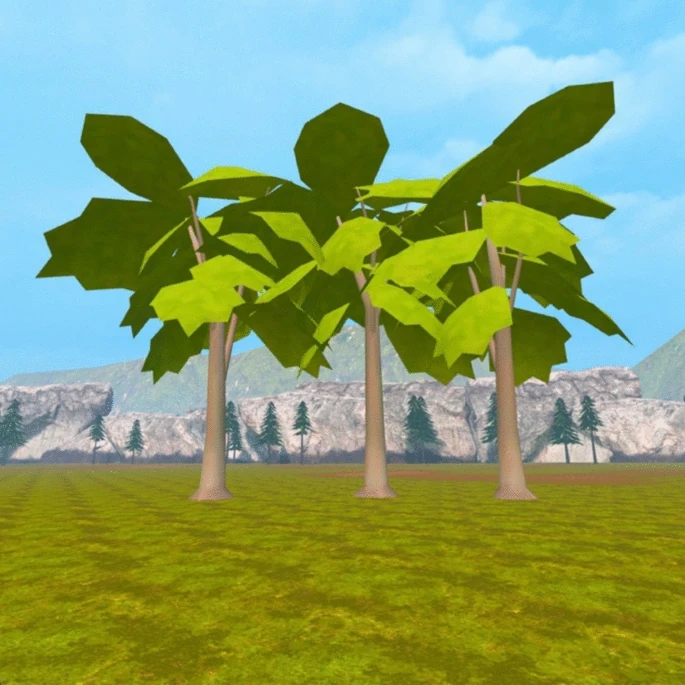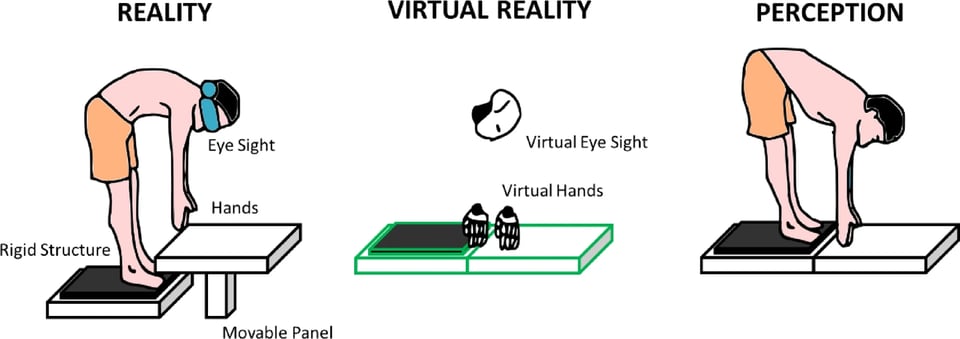Research Roundup (#23)
.png/:/rs=w:1440,h:1440)
Welcome...
Welcome to the twenty-third-ever Research Roundup! A weekly catch-up on the latest developments in the field of XR research.
It’s been a busy week, so let's not hang around.
AWE USA 2025
Planning on going to AWE USA 2025? Not yet registered? As a reader of the Research Roundup you can get a 10% discount with the code "25XRDIGEST10D". With all being well I'll be covering research-focused presentations from the event in a future special issue.
The Week in 3 (Sentences)
- New research on consumer reviews of VR apps explored the influence of "spatial word of mouth" through analysis of reviews from 153 VR apps, identifying ten key topics with four unique to VR, whilst researchers developed a taxonomy for VR shopping highlighting that most applications remain basic showrooms without purchase functionality.
- More research this week on prosocial behaviour suggested virtual tree planting could increase environmental self-identity and mediate pro-environmental interests towards physical nature, whilst researchers also developed "Meltdown", a VR grocery shopping simulation designed to improve sustainability knowledge, confidence and behavioural intentions.
- And finally, new applications of VR demonstrated practical utility in assessment and training contexts, with VR-based risk avoidance measures in urban environments proving stronger predictors of physical victimisation than conventional assessments, and pilot research tested wearable sensors displaying tennis swing metrics for live feedback during VR tennis training.
The Week in 300 (words)
Researchers from France and Germany this week reported on their analysis of consumer reviews from the Meta Horizons store. They collected over 250,000 reviews of 153 different apps going back to the very start of the store. Alongside the VR apps they also analysed reviews of 2D apps from Steam. They then used machine learning techniques to perform a content analysis. They identified common themes across the two, and more importantly those that were unique to the VR apps: immersion; community; playtime; and motion sickness. Perhaps not too surprising to see immersion and motion sickness there, as well as playtime (given how limited it can be). Developers and marketers should pay attention to the prominence of community though, as distinct from what was found with more conventional 2D games.

One application of VR that seems particularly relevant at the moment is the encouragement of pro-environmental behaviours. Researchers this week reported on two experiments in which participants planted virtual trees or placed virtual sheds/lampposts (the control conditions). In experiment one they looked at whether planting trees led to a more positive environmental self-identity. It did. In experiment two they looked to see if planting virtual trees would lead to more pro-environmental interests and attitudes, mediated by self-identity. It did, and it was. Whilst it might be a hard sell to ask people to engage with an app to improve their attitudes, you can see how activities like this embedded in something more appealing could have positive impacts.
And finally, in the murky world of environmental criminology VR may have found a home in which to assess self-control and predict victimisation. Up until now this has relied on direct observations of risky behaviours, or the completion of self-report scales with all the biases they carry. Now researchers put people in simulations in which risky decisions can be made. Think a virtual city at night in which the main task is to get home after a night out. At three crossroads participants had to choose between taking the well-maintained brightly lit path or a poorly lit and shabby street. Intriguingly, participants that chose the poorly lit paths were also those that reported more victimisation in their past.
Paper of the Week
One of our favourite things about VR is the ability to create different cognitive illusions, particularly exploiting multisensory perception. Our paper of the week this week exploits this possibility to help create positive benefits back in the real world.
One phenomenon associated with chronic lower back pain is that people, quite understandably, fear making movements that might stretch them too much even if they are physically capable. In the long run this can have negative effects as the muscle aren’t stretched as much as they should be.
Researchers at the University of Genova, in Italy, have argued that the illusory capabilities of VR could be used to fix these unhelpful habits. Participants in their study had to stretch and touch the floor in front of them. The researchers then experimentally manipulated two things. Firstly, they manipulated whether participants were given positive or neutral messages about the effectiveness of the intervention. Think ‘this is going to work’ versus nothing at all.
The experimenters also manipulated the height of the floor in front of the participants when they stretched. For some participants they left it where it was, but for others they raised the floor in front of them. The participants didn’t know this is what they were doing and therefore perceived, based on the visual and haptic feedback, that they had stretched further than they had.

Importantly, those that had experienced the illusion, and had positive messages about it, ended up stretching further in the real world. They fooled their mind and body into thinking they were capable of more.
Whilst most ‘VR for Good’ is about changing intentions and attitudes, the idea of changing physical ability by tricking the brain has a lot of appeal. I wonder if the same principles could be applied to more athletic ability?